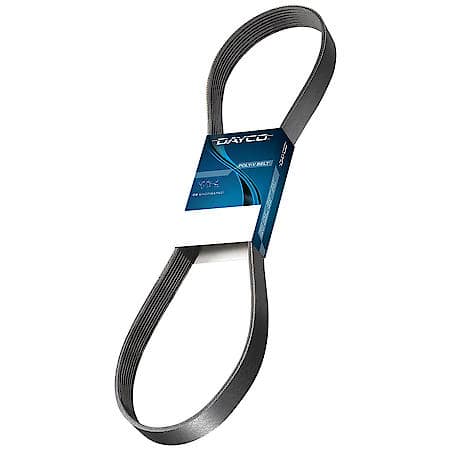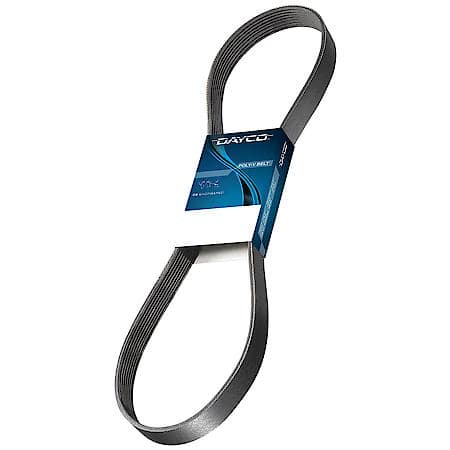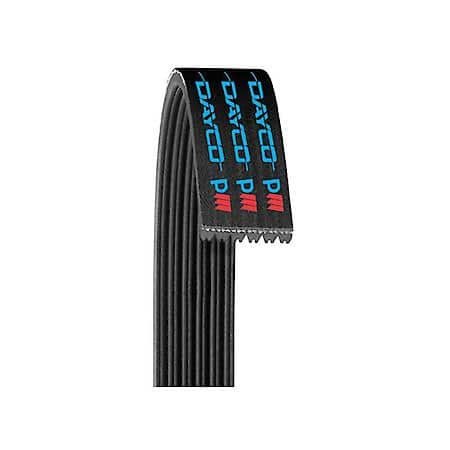- Shop All
- Replacement Parts
- Performance Parts
- Accessories
- Oil & Fluids
- Special Offers
- Speed Perks
- Advice & How-Tos
- Project Guides
Serpentine Belt
When it comes to maintaining your vehicle's performance, the serpentine belt - also known as the Drive Belt - plays a crucial role. Found in modern vehicle engines, this continuous belt drives multiple critical components, including the alternator, power steering pump, water pump, and air conditioning compressor. In some vehicles, the serpentine belt may also serve as a balance shaft belt, further emphasizing its importance. As a vital component, selecting the right replacement serpentine belt is essential for preventing costly repairs and ensuring optimal performance. Splitting along the grooves or fraying of the materials are signs a belt needs to be replaced.
At Advance Auto Parts, we offer a wide range of OEM and aftermarket serpentine belts, including industrial belts and traditional V-Belt designs, to fit various vehicle makes and models. Our high-quality belts are designed to withstand the rigors of daily driving, providing reliable performance and durability. Whether you're a professional mechanic or a DIY enthusiast, count on Advance Auto Parts for the best serpentine belts to keep your vehicle running smoothly. Explore our selection today!
Same Day Home Delivery
Not Available For This Item
Home Delivery
Not available for this item
Same Day Home Delivery
Not Available For This Item
Home Delivery
Not available for this item
Same Day Home Delivery
Not Available For This Item
Home Delivery
Not available for this item
Same Day Home Delivery
Not Available For This Item
Home Delivery
Not available for this item
Same Day Home Delivery
Not Available For This Item
Home Delivery
Not available for this item
Same Day Home Delivery
Not Available For This Item
Home Delivery
Not available for this item
Same Day Home Delivery
Not Available For This Item
Home Delivery
Not available for this item
Same Day Home Delivery
Not Available For This Item
Home Delivery
Not available for this item
Same Day Home Delivery
Not Available For This Item
Home Delivery
Not available for this item
Same Day Home Delivery
Not Available For This Item
Home Delivery
Not available for this item
Same Day Home Delivery
Not Available For This Item
Home Delivery
Not available for this item
Same Day Home Delivery
Not Available For This Item
Home Delivery
Not available for this item
Same Day Home Delivery
Not Available For This Item
Home Delivery
Not available for this item
Same Day Home Delivery
Not Available For This Item
Home Delivery
Not available for this item
Same Day Home Delivery
Not Available For This Item
Home Delivery
Not available for this item
Same Day Home Delivery
Not Available For This Item
Home Delivery
Not available for this item
Same Day Home Delivery
Not Available For This Item
Home Delivery
Not available for this item
Same Day Home Delivery
Not Available For This Item
Home Delivery
Not available for this item

















